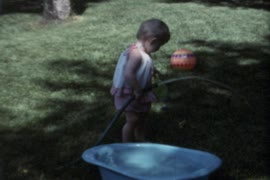Item is a documentary film documenting home gas stations in the Lower Mainland in the 1930s. The film contains footage primarily of the building structures, however, the occasional glimpses of a vehicle or a person can be seen as well. Specifically, this film documents Brett s Service Station (Chilliwack, B.C.), Mrs. Leach Home Corner (RR. L, Yale Road East, Chilliwack), Rosedale Garage (Rosedale, B.C.), Harrison Lake Transportation Co. Service Station (Harrison Lake, B.C.), Ed. Eklund (Matsqui, B.C.), Routledge Motors Ltd. (Matsqui, B.C.), Distributing Plant (Mission, B.C.), Central Service Station (Mission, B.C.), Routledge Motors Ltd. (Mission, B.C.), Boothbys Service Station (Mission, B.C.), Ed. Jones (Silverdale, B.C.), P.J. Wilson (Ruskin Dam, B.C.), Maple Ridge Motors (Haney, B.C.), Thompson s Service Station (Pitt Meadows, B.C.), Quadling s Service Station (901 Brunette St., New Westminster, B.C.), Reliable Service Station (914 Kingsway, city), Fraserview Service Station (1706 E. Marine, City), Shields Service Station (49th and Victoria), Excelsior Garage (5704 Victoria Drive), Grant Motors (49th and Fraser Ave.), Rapid Service Station (4102 Fraser Ave.), Keystone Service Station (19th and Main St.), Nagle Bros. (18 Water St.), Favorite Garage (596 E. Hastings St.), Limares Service Station (12th and Commercial Drive), Grandview Super Service (2098 Commercial Drive), Vernon Service Station (Vernon and Venables), Moosomin Service Station (Grandview highway, Ardley, B.C.), Grandview Auto Camp (Grandview Highway), and Burnaby Lake Service Station (Douglas and Spearling, Burnaby).


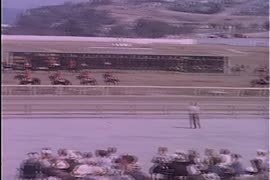

![Coqu[itlam] Lake Okanagan and [Myra] Canyon [and] Start of PNE Parade](/uploads/r/null/1/1/1112485/ca49643c-a1aa-46ae-8d67-bd06a99adb84-V00200_142.jpg)
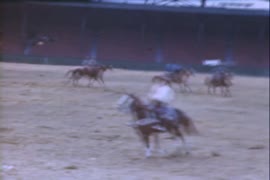




![Jack Cullen Films - [Owl Theatre]](/uploads/r/null/1/1/1112551/0fd95aea-5d0f-4ef8-8c29-0bbbc2e79e7c-V00166_142.jpg)
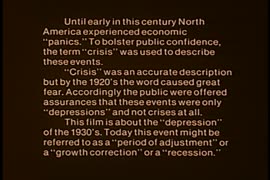




![[Vancouver and miscellaneous industrial activities]](/uploads/r/null/1/1/1112411/e6dacd9a-0480-4ebb-8334-7ee965b17075-V00102_142.jpg)
![[Vancouver history and Vancouver in the 1930s]](/uploads/r/null/1/1/1112426/1a9be229-5f41-40b2-ae6b-d9d6f7819c8d-V00101_142.jpg)
![[Home gas stations in Vancouver and Lower Mainland]](/uploads/r/null/1/1/1112384/7fd1e565-87a4-492a-8369-089492135358-V00100_142.jpg)

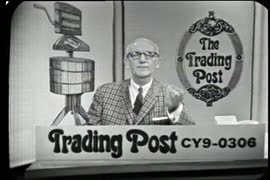






![1) Howe Sound Cruise 2) [Grand Coulee Dam Construction] - SF/Golden Gate 3) Van Streets Pre-Royal...](/uploads/r/null/c/3/c/c3c817e4e62691cabc1e0625451afdcf9bc92e39d7d64d6603dfa99bf84ea84a/b8ba05ff-8100-4e8f-84ac-0b3b240b61ae-2013-062_142.jpg)
![Silver Lodge Colour - Dogs/Cats/Kids [B&W]](/uploads/r/null/c/5/f/c5ffc38f26f2b6998b6c077bc6869ce2ca5d509d11d54ccb2d226e61b111f255/e03c5b1f-84a5-4c94-8760-1f90c6354f99-2013-062_142.jpg)
![Gert[rude Ulrich] in Vancouver, Victoria Garden](/uploads/r/null/f/6/c/f6c95dab2430da54bf224c6746c1eec8bf702cf72841fa8fa381f5d1ae2dab9c/6df0a857-41e9-42cf-ab37-ba8cffe73613-2013-047_142.jpg)

![Vancouver Scotch Dance by George Dev[lin] - Victoria gardens](/uploads/r/null/e/3/e/e3e2826a5eafd0999942464af1074c9fdd04a66affe9b0f10da20f7cf1f7fb02/616649b1-7afc-44ca-a48d-0c35cfcfd2da-2013-047_142.jpg)



![Vancouver on parade [Pacific National Exhibition parade, 1936]](/uploads/r/null/2/d/6/2d6cacef8ae280482670e6eb2eccdd5e5fae8b13d3a99052c1665c546315f868/00f26dcf-89d6-419b-a486-7cf16e074801-2013-020_142.jpg)




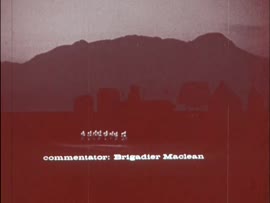







![June 73 SS Picnic, Long Beach (Poor), Kids June 73 Birthday, Sept 73 [Nav], Family [return] 74-Ju...](/uploads/r/null/6/4/d/64df4c970be15e69323840e842a911040e0aa36151fafcbb06a24abacbabadcb/81bbee3c-31af-49f8-978d-c8b277dadc79-2012-092_142.jpg)

